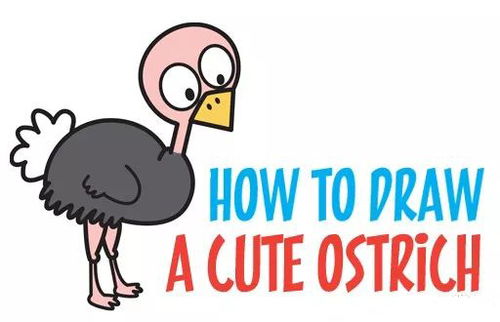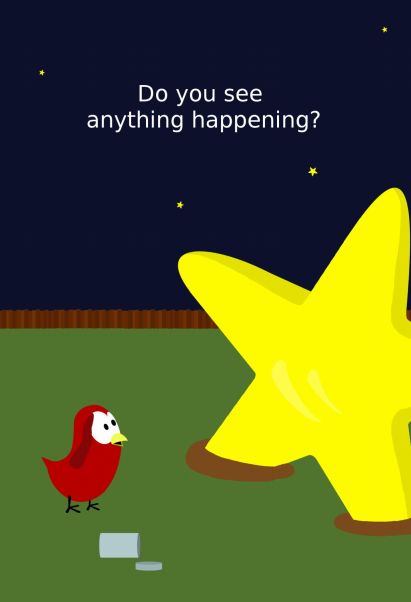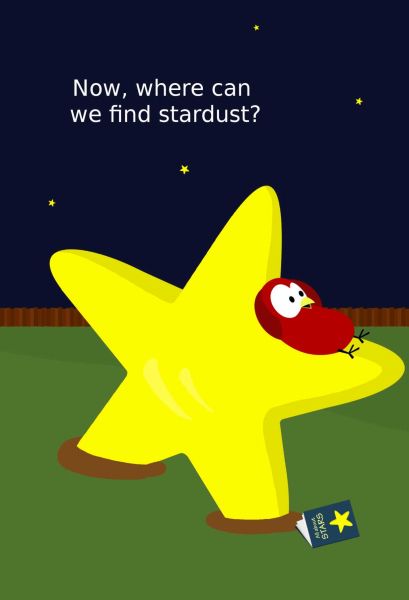
How to Train a Puppy Not to Bite: A Comprehensive Guide
Training a puppy not to bite can be a challenging but rewarding experience. Biting is a natural behavior for puppies as they explore the world with their mouths. However, it’s essential to address this behavior early on to prevent it from becoming a habit. In this article, we will discuss various methods and techniques to help you train your puppy effectively.
Understanding the Root Cause

Biting is often a result of teething, curiosity, or excitement. Before you start training, it’s crucial to understand the underlying reason behind your puppy’s biting behavior. This will help you tailor your approach and address the root cause effectively.
| Reason | Description |
|---|---|
| Teething | Puppies start teething around 3-4 weeks old and continue until they are about 6 months old. During this time, they may bite to relieve the discomfort caused by their growing teeth. |
| Curiosity | Puppies explore the world with their mouths. They may bite to investigate objects or as a way of communicating their curiosity. |
| Excitement | Biting can be a sign of excitement or over-excitement. Puppies may bite when they are overly stimulated or when they are trying to get your attention. |
Preventing Biting: The Early Days

Prevention is key when it comes to training a puppy not to bite. Here are some tips to help you prevent biting in the early days:
-
Provide appropriate chew toys: Give your puppy a variety of chew toys to help them relieve teething discomfort and satisfy their natural urge to chew.
-
Supervise playtime: Always supervise your puppy during playtime to ensure they don’t bite or roughhouse too much.
-
Redirect biting: If your puppy starts to bite, redirect their attention to a chew toy or another appropriate object.
-
Teach bite inhibition: Gently say “no” or “ouch” when your puppy bites you, and then immediately redirect their attention to a chew toy. This teaches them that biting is not acceptable.
Training Techniques

Once you have a good understanding of the root cause and have implemented preventive measures, you can start training your puppy not to bite. Here are some effective training techniques:
1. Positive Reinforcement
Positive reinforcement is a powerful tool in training. When your puppy follows the desired behavior, reward them with treats, praise, or affection. This encourages them to repeat the behavior.
-
Use treats: Offer small, high-value treats when your puppy stops biting and starts chewing on a toy.
-
Offer praise: Praise your puppy warmly when they follow your commands or show good behavior.
2. Time-Outs
Time-outs can be effective in stopping biting behavior. When your puppy bites, remove them from the situation and ignore them for a short period. This teaches them that biting leads to a negative outcome.
-
Remove your puppy from the situation: If your puppy bites, gently pick them up and take them to a different room or area.
-
Ignore them: Avoid eye contact, talking, or any form of attention during the time-out.
3. Desensitization and Counterconditioning
Desensitization and counterconditioning involve exposing your puppy to the things that trigger their biting behavior while pairing it with something positive. This helps change their emotional response to those triggers.
-
Desensitization: Gradually expose your puppy to the things that trigger their biting behavior, such as hands or feet, while keeping them calm and relaxed.
-
Counterconditioning: Pair the trigger with something positive, such as treats or praise, to change their emotional response.
Consistency and Patience
Training a puppy not to bite requires consistency and patience. It’s







